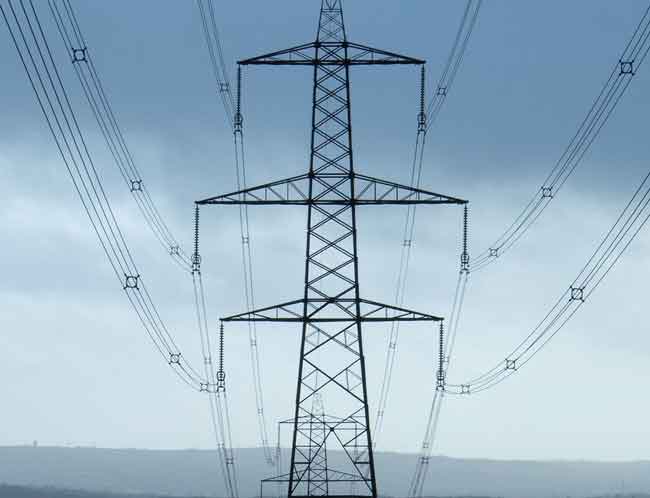Canadian wind power has biggest year yet
By Globe and Mail
Electrical Testing & Commissioning of Power Systems
Our customized live online or in‑person group training can be delivered to your staff at your location.

- Live Online
- 12 hours Instructor-led
- Group Training Available
With turbines across the country now capable of churning out about 3,250 megawatts of electricity in total — enough to power about one million homes — the sector has reached a new level of maturity.
It is also finally a truly national industry, with the first wind farm in British Columbia coming on stream in 2009 near Dawson Creek, in the northeastern part of the province. Ontario is now the leader, with about one-third of Canadian installations, Quebec and Alberta together hold about one-third of the market, with the rest of the country making up the balance.
But the past year has also seen a number of key ownership changes, as the players figure out the best way to finance a capital-intensive industry.
The biggest change was the purchase of Canadian Hydro Developers Inc., the largest independent wind and hydro producer, by TransAlta Corp . While some in the industry mourned the loss of a public pure-play renewables firm, TransAlta TA-T vowed to continue to build the portfolio, as it looks to offset the greenhouse gases generated by its coal-fired power plants.
Another smaller player, Ontario's Schneider Power Inc., was bought by California-based Quantum Fuel Systems Technologies Worldwide Inc., while AIM PowerGen Corp. was picked up by British-based International Power PLC.
Meanwhile wind and solar player SkyPower Inc. filed for bankruptcy protection, and California's CIM Group picked up its solar assets. The fate of SkyPower's wind projects is still uncertain.
Robert Horning, president of the Canadian Wind Energy Association, said consolidation makes sense in an industry where it is crucial to have strong financial backing for capital intensive projects. Often, power contracts end up going to the companies with the least expensive financing, and "larger players generally have access to cheaper financing than smaller players."
That may be less of an issue in the future, Mr. Hornung said, if governments change the way they award renewable power contracts.
Ontario's new Green Energy Act, for example, with its "feed-in tariff" that provides guaranteed high prices for renewable power generated over a 20-year period, should make it easier for smaller entities to get financing for wind projects, he said.
Ontario's new program is a "ground-breaking initiative," Mr. Hornung said, and not only because it's guaranteed pricing has made projects more financially secure.
It also includes a streamlined project approval process, incentives for local manufacturing, and huge transmission investments that will make it easier to deliver wind power to the electricity grid.
While it is a heady time for the wind sector, as windmills appear on more fields and ridges across the country, the industry is also facing mounting criticism and concern over visual blight and possible health effects. Local groups have popped up to fight against various developments, often describing them as "wind factories" that damage rural lifestyles and cause health problems in some people who live nearby.
The wind energy association took a pre-emptive strike recently when it released a paper authored by a panel of scientists, who concluded that there are no direct physiological effects on people living near turbines.
Wind energy critics — who have been asking governments to pay for independent health studies to analyze the effects of turbine sounds and vibrations — see it differently.
A group called Wind Concerns Ontario pointed out that the study concedes turbines can cause considerable annoyance, which can in turn produce stress-related illnesses in those living near them.
"The presence of industrial wind turbines is having a direct effect on peoples' health, well-being and quality of life," the group said.
Current wind capacity:
Ontario: 1,161 megawatts
Quebec: 659
Alberta: 590
New Brunswick: 195
Saskatchewan: 171
PEI: 151
Manitoba: 104
B.C.: 102
Nova Scotia: 59
Newfoundland & Labrador: 54
Canada's wind energy production
2009: 3,249 Megawatts
2008: 2,369
2007: 1,846
2006: 1,460
2005: 684
2004: 444
2003: 322
2002: 236
2001: 198
2000: 137











